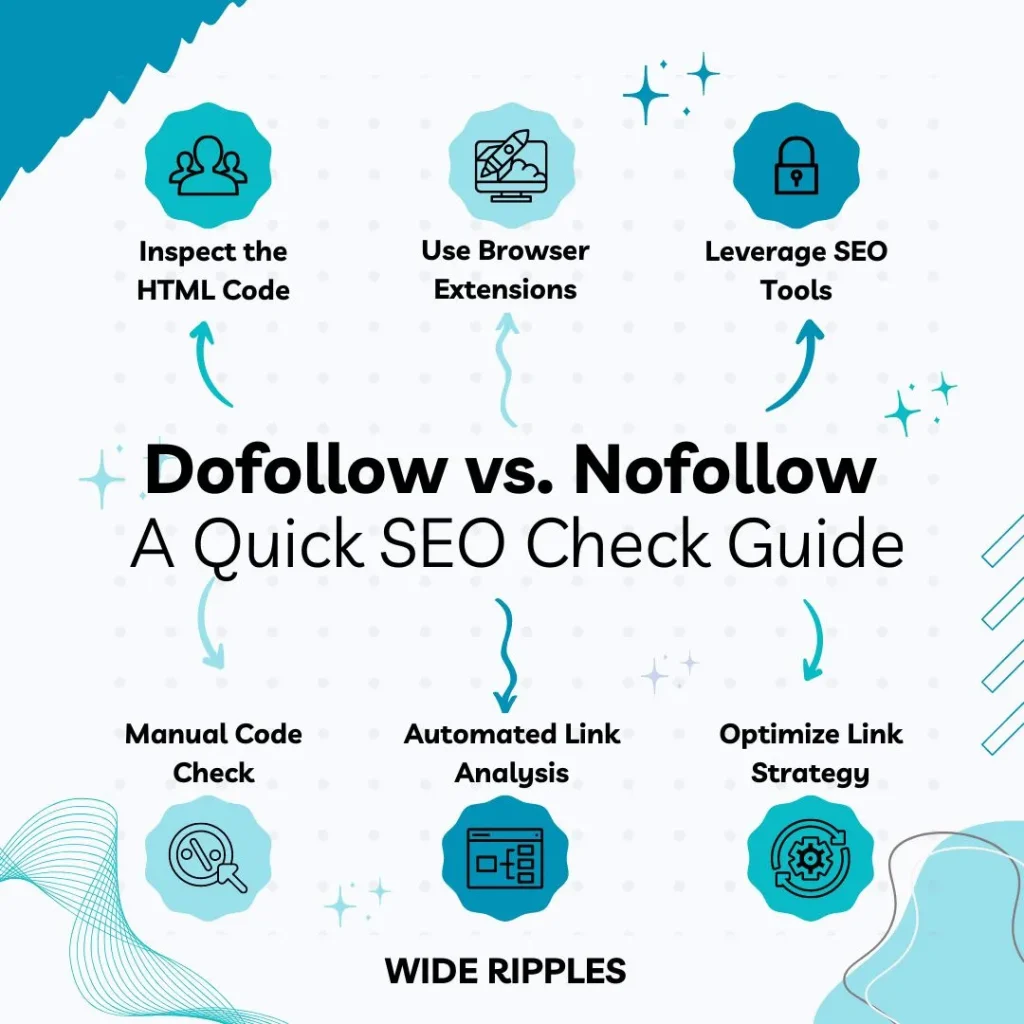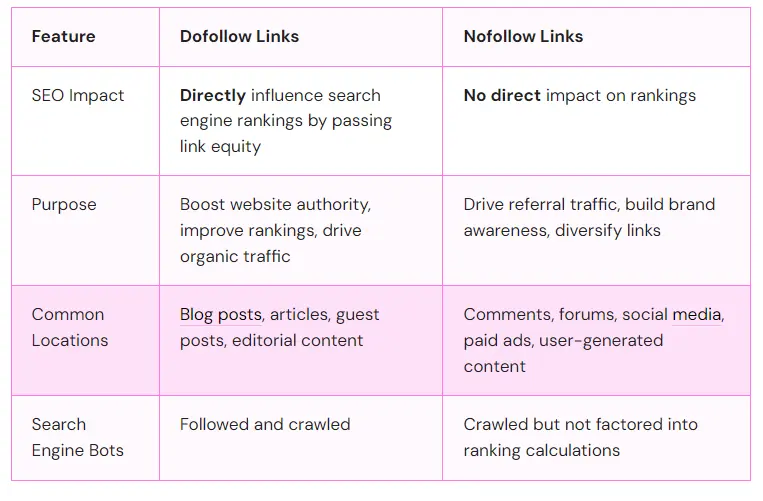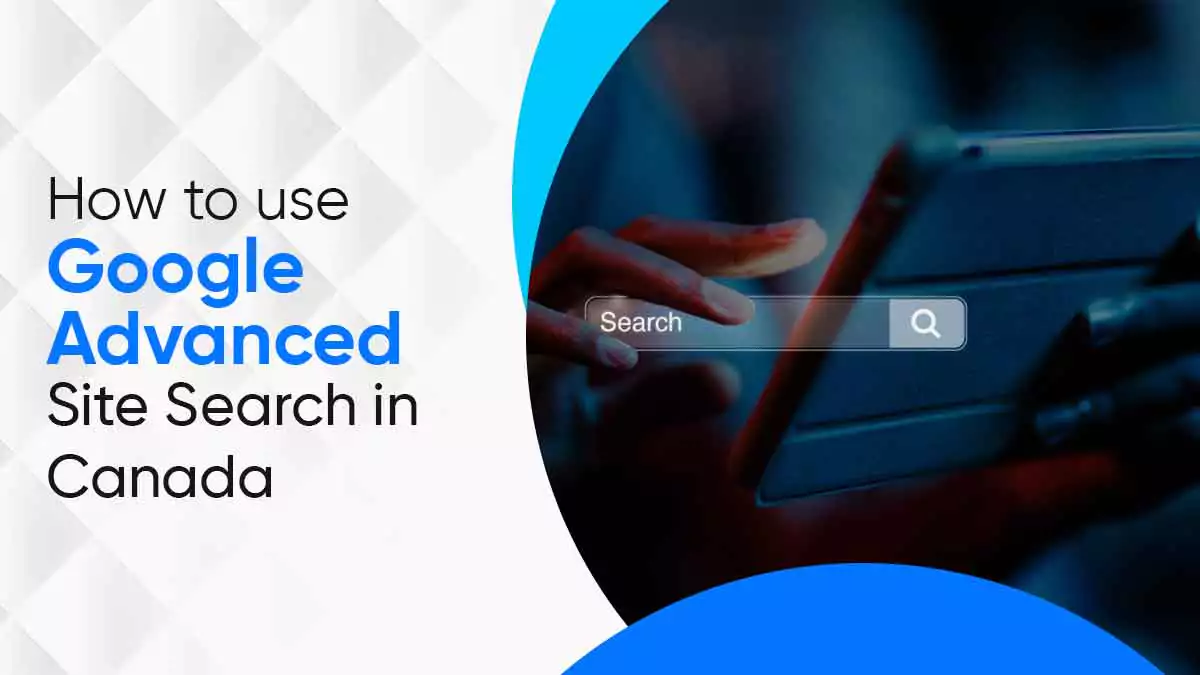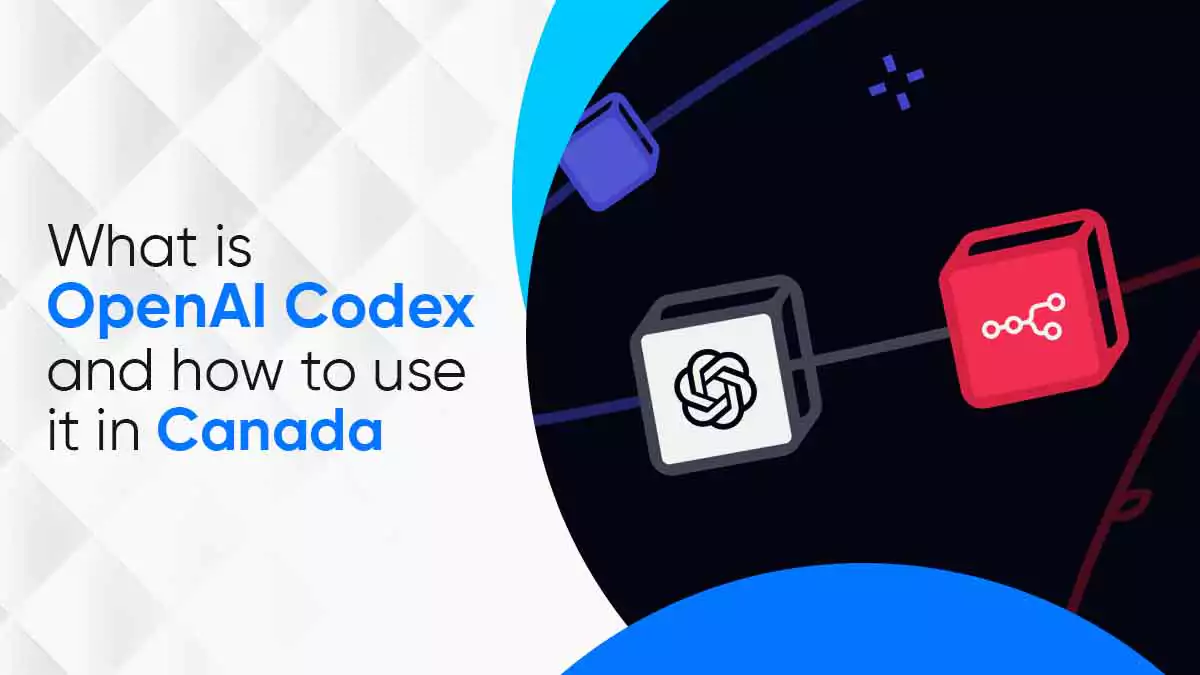Are you tired of your website getting lost in the vast sea of search results?
The secret to boosting your ranking lies in understanding dofollow and nofollow links. These seemingly small HTML attributes significantly impact how search engines perceive your site.
In this guide, we’ll break down everything you need to know about these links, from their definitions to their influence on your SEO.
By the end, you’ll know how to check dofollow and nofollow links and leverage them to enhance your website’s visibility. Let’s get started!
What is a dofollow link?
Dofollow links, often simply called “follow” links, are the default type of hyperlink on the web. When you create a link without adding any extra attributes, it’s considered a dofollow link.
This means that search engine crawlers will follow the link to its destination, passing on what is known as “link juice” or authority from your site to the linked page.
In simple terms, dofollow links are like votes of confidence for the page they point to. If a reputable site links to your content with a dofollow link, search engines will see this as a positive endorsement, potentially boosting your page’s rank in search results.
How dofollow links help rankings?
Dofollow links are crucial for SEO. Here’s how they benefit your website:
Improved Search Engine Rankings
Search engines like Google use algorithms that consider the number and quality of dofollow links pointing to your site. More high-quality dofollow backlinks can signal that your site is authoritative and trustworthy, helping it rank higher.
Increased Referral Traffic
Dofollow links act as direct pathways for users from one site to another. If someone clicks on a dofollow link leading to your site, you gain a visitor who is already interested in your content or products.
Faster Indexing
Search engine bots follow dofollow links to discover and index new pages. The more dofollow links you have, the quicker your content can be indexed, making it more accessible to users.
Understanding how to check dofollow and nofollow links on your website is essential to ensure that your SEO strategy is on point.
What is a nofollow link?
Nofollow links are hyperlinks with a rel=”nofollow” attribute added to them. This tag instructs search engine crawlers not to follow the link or pass any link juice to the destination page.
Essentially, nofollow links do not influence the page ranking they point to.
The nofollow attribute was introduced by Google in 2005 to combat spammy practices like comment spam and paid links.
By marking certain links as nofollow, website owners can prevent their site from passing authority to less reputable or irrelevant sites.

Why Nofollow Links Still Matter?
While nofollow links don’t contribute directly to SEO rankings, they can still be valuable for your website:
Referral Traffic
Nofollow links can drive significant referral traffic, especially from high-traffic websites. They can bring in potential customers even though they don’t pass SEO value.
Brand Exposure
Being mentioned on popular sites increases your brand’s visibility, even with a nofollow link. This exposure can lead to more organic backlinks from other sites that may use dofollow links.
Diverse Backlink Profile
A natural backlink profile includes a mix of dofollow and nofollow links. Search engines might flag a site with dofollow links as engaging in manipulative link-building practices. Nofollow links contribute to a more balanced and natural backlink profile.
Knowing how to check dofollow and nofollow links on your site can help you maintain a diverse and healthy link profile, which is crucial for long-term SEO success.
What’s the Difference Between Dofollow and Nofollow Links?
The critical distinction between dofollow and nofollow links is how they impact PageRank and search engine visibility.
Dofollow links pass on PageRank, helping to boost the ranking of the linked page. They signal to Google to crawl and index the linked content, which can positively affect your SEO.
Nofollow links, on the other hand, do not transfer PageRank and generally aren’t followed by search engines for crawling or indexing. This means that a nofollow backlink won’t pass authority to your page, so it doesn’t contribute to improving your rankings or PageRank.

How to Check Dofollow and Nofollow Links?
Now that you understand the difference between these links let’s explore how to check dofollow and nofollow links on your website.
- Inspecting Code Manually
- Right-click on the link and select “Inspect” or “Inspect Element.”
- In the HTML code, look for the rel=”nofollow” attribute. If it’s present, the link is a nofollow. If absent, it’s a dofollow link.
- Using Browser Extensions
- Tools like the “NoFollow” Chrome extension highlight nofollow links on any webpage, making it easy to see which links are nofollow and which are dofollow.
- SEO Tools
- Platforms like Ahrefs, Moz, and SEMrush offer link analysis, features showing whether links pointing to your site are dofollow or nofollow.
By regularly checking dofollow and nofollow links, you can adjust your link-building strategy to maximize SEO benefits.
When to Use Nofollow Links?
Nofollow links have a specific role in SEO, but knowing when and where to use them is critical.
Sponsored or Endorsed Websites
When linking to external sites for sponsorships, endorsements, or affiliations, it’s advisable to use the rel=”nofollow” or rel=”sponsored” attributes, or even both, instead of dofollow links.
This practice aligns with search engine guidelines, signaling the link’s commercial nature and preventing the transfer of PageRank to the sponsored site.
Google Search Central advises:
Use the sponsored attribute to identify links on your site that were created as part of advertisements, sponsorships, or other compensation agreements.
For instance, if you’re publishing a blog post sponsored by another brand, you should link to the brand’s page using <a href=”http://example.com” rel=”sponsored nofollow”>Example</a> to maintain transparency and adhere to SEO best practices.
User-Generated Content
Applying rel=”nofollow” or rel=”UGC” attributes to links within user-generated content, such as comments or forum posts, helps manage the quality of outbound links and protects your site’s SEO health.
This strategy prevents potentially harmful external links from affecting your site’s search engine ranking.
For example, if a user includes a link in a comment on your blog, marking it as nofollow or UGC ensures that search engines do not transfer PageRank or authority from your site to the linked site.
Low-Quality or Irrelevant Pages
Avoid using dofollow links for low-quality, irrelevant, or spammy pages. Doing so prevents the passing of PageRank to these pages, which could negatively impact your site’s SEO.
Duplicated or Auto-Generated Pages
To maintain the integrity of your site’s SEO, use nofollow links for duplicated or auto-generated content, such as pages created by URL parameters from filters. This helps prevent search engines from indexing pages that offer little to no unique value to your site.
For example, linking to different color variants of a product using dofollow links could unnecessarily cause search engines to crawl these nearly identical pages.
Note: While nofollow links suggest that Google should not follow or index a page, they don’t guarantee this behavior. For stricter control, consider using robots.txt or a noindex tag to prevent crawling and indexing directly.
Advanced Link Building Strategies
Building a Diverse Link Profile
In SEO, having a diverse link profile is crucial. Just like a balanced diet includes various food groups, a strong link profile should consist of different types of links. This approach makes your link profile appear more natural to search engines and helps you reach a broader audience while driving more referral traffic.
Key link types to target include:
- Editorial Links: Earned organically through valuable content, these are the most prized backlinks as they come from others naturally linking to your work.
- Guest Post Links: Writing for other sites in your niche in exchange for dofollow links helps build authority and exposes your brand to new audiences.
- Social Media Links: Though typically nofollow, these links can drive significant traffic and indirectly support SEO by increasing content visibility.
- Business Directory Links: Useful for local SEO, these can be dofollow or nofollow, depending on the directory.
- Forum Links: Engaging in niche forums with helpful insights can lead to natural link opportunities, enhancing your visibility and credibility.
Diversifying your link profile with high-quality links from authoritative and relevant sources not only boosts SEO but also strengthens your site’s reputation.
Link Building Tools and Resources
Navigating link-building is easier with the right tools. Here are some essential resources:
- Google Search Console: Free insights into your site’s search performance, helping you track backlinks, click-through rates, and spot technical issues.
- Ahrefs: A robust tool for analyzing backlinks, researching competitors, and uncovering new link-building opportunities.
- SEMrush: Offers backlink audits, toxic link identification, and a range of other SEO features to support your strategy.
- Moz: Includes tools for tracking Domain Authority, Page Authority, and discovering new links, along with free basic link data through Link Explorer.
- Majestic: Specializes in assessing link quality with metrics like Trust Flow and Citation Flow, helping you identify trustworthy link prospects.
These tools can help you effectively manage and enhance your link-building efforts, ensuring long-term SEO success.
How Can Wide Ripples Digital Inc Help Your SEO Needs?
Navigating the complex world of SEO can feel overwhelming, especially when it comes to mastering the art of link building.
That’s where Wide Ripples Digital Inc steps in. With our expertise in creating customized SEO strategies, we ensure your website gains the visibility it deserves.
Whether it’s optimizing your link profile, conducting thorough backlink analysis, or strategically balancing dofollow and nofollow links, we’ve got you covered.
Ready to elevate your SEO game? Contact Wide Ripples Digital Inc today and let’s start driving more traffic to your site! Your success is just a click away.
Frequently Asked Questions
What are dofollow and nofollow links?
Dofollow links pass SEO value (PageRank) to the linked page, boosting its ranking. Nofollow links don’t pass SEO value, so search engines are instructed not to follow the link.
Why are dofollow links important for SEO?
Dofollow links contribute to a page’s ranking by passing on authority, making them crucial for improving search engine visibility.
How do nofollow links impact SEO efforts?
Nofollow links don’t directly boost rankings but can still drive traffic and diversify your backlink profile, which can have indirect SEO benefits.
What tools can I use to check link attributes?
Tools like Ahrefs, Moz, and SEMrush can help you identify dofollow and nofollow links on your site or others.
How can I find dofollow links on a website?
Use browser extensions like MozBar or SEOquake, or check your site’s backlinks through tools like Ahrefs or SEMrush to filter for do follow links.
What are the best practices for earning dofollow backlinks?
Create high-quality content, engage in guest blogging, build relationships with influencers, and earn mentions on authoritative sites.
How do I analyze the quality of backlinks?
Evaluate backlinks by their source authority, relevance to your content, and the diversity of your backlink profile.
What should I do if I have fewer nofollow links?
Focus on building more dofollow links to balance your backlink profile while leveraging the traffic potential of nofollow links.
How can I disavow unwanted backlinks?
Use Google’s Disavow Tool to submit a list of spammy or harmful backlinks you want to exclude from your backlink profile.
What are common mistakes in backlink analysis?
Ignoring link quality, focusing only on quantity, neglecting nofollow links, and not regularly monitoring your backlink profile.







1 comment
Comments are closed.